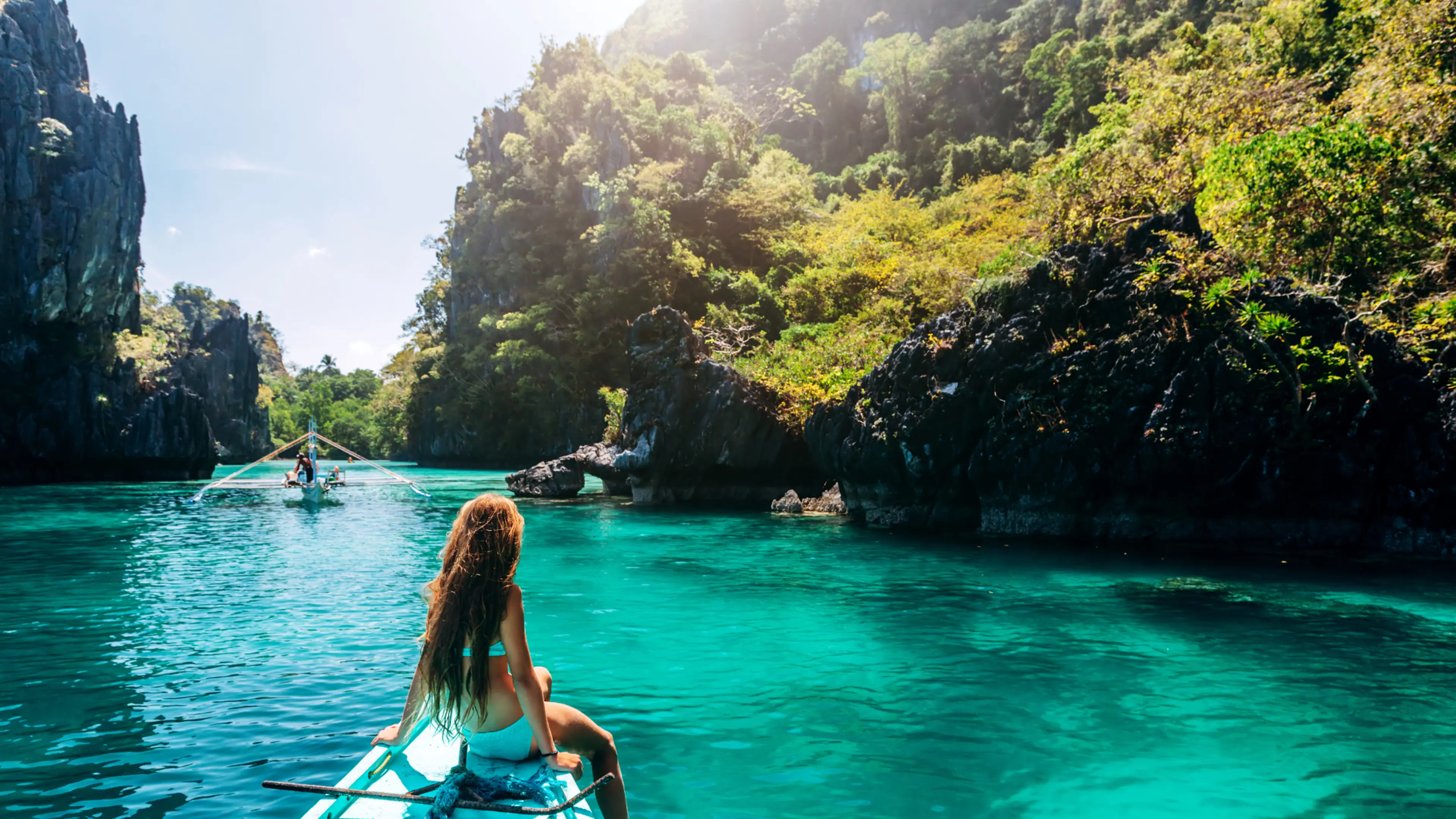Is tap water drinkable in the Philippines? Tourist guide to choosing safe water
For travelers visiting the Philippines, water safety and usage methods are a point of concern.
In this article, I will explain in detail the tap water situation in the Philippines, recommended drinking water for travelers, and precautions for using water safely.
Is tap water drinkable in the Philippines?
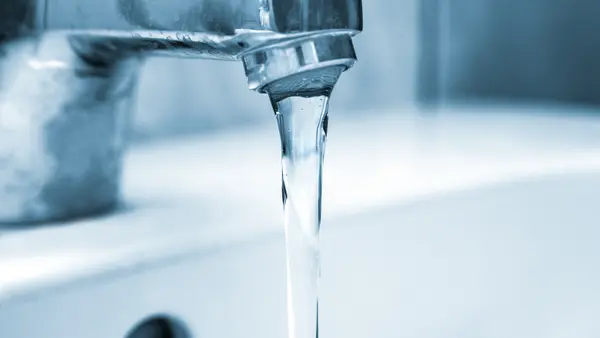
Tap water in the Philippines is safe according to local standards, but it is said that it is not suitable for drinking.
This is because even in urban areas, water treatment facilities and plumbing equipment may not be sufficiently developed, and water quality varies from place to place.
Also, since there is a risk that bacteria, viruses, heavy metals, etc. will be mixed in, local people also avoid drinking it directly.
Ensuring the safety of drinking water is important, especially for tourists.
You can avoid the risk of poor health by choosing bottled water or purified water instead of drinking tap water as it is.
Recommended drinking water brands in the Philippines
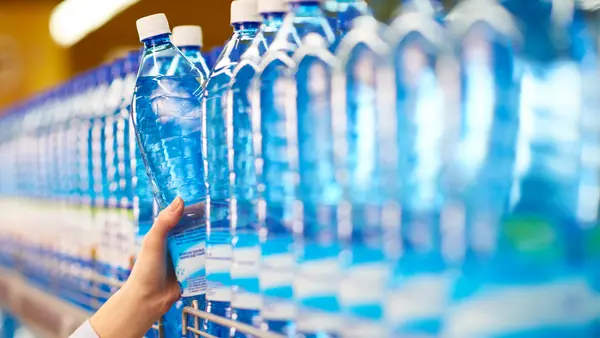
Bottled water is widely distributed in the Philippines, making it a convenient option for tourists.
The following are examples of popular brands that are said to be highly reliable.
Wilkins
It is known as high quality mineral water and is widely used by locals and tourists.
Nature's Spring
It has good cost performance and is easily available all over the country.
Absolute
It is a popular brand in the Philippines and is characterized by its easy-to-drink water quality.
You can easily buy these brands at convenience stores, supermarkets, and vending machines.
The price is reasonable, around 20 to 50 pesos for 500 ml.
Points to note about water use in the Philippines
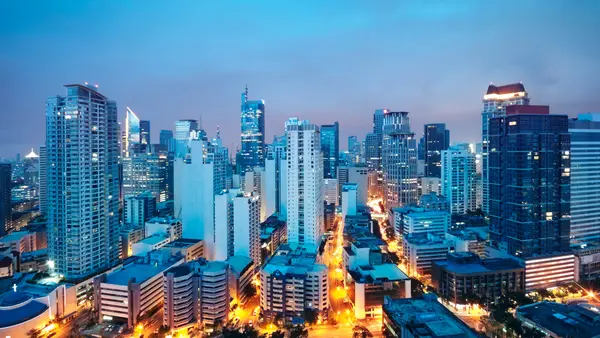
In order to use water safely during your stay in the Philippines, pay attention to the following points.
Choose bottled water
It is safest to use bottled water as drinking water.
Please ensure that it is unopened when purchasing.
Beware of drinks made with ice or water
Ice made from tap water may be used for drinks served in food stalls and cafes.
If possible, avoid ice or choose a reliable store.
Water for brushing teeth and cooking
It is safe to use bottled water or water passed through a water purifier for brushing teeth or cooking.
Don't Neglect Your Hydration
The climate in the Philippines is hot and humid, and there is a risk of becoming dehydrated.
Always carry water with you while sightseeing and be sure to stay hydrated frequently.
Environmentally Friendly Choices
Bottled water is useful, but there are concerns that it will lead to an increase in plastic waste.
Environmental protection is also regarded as important in the Philippines, and it is recommended to adopt the following eco-friendly methods.
Be conscious of saving water
Water shortages are a problem in some regions of the Philippines, so it is important to try to save water, such as shortening shower time.
What drinks do you recommend in the Philippines?
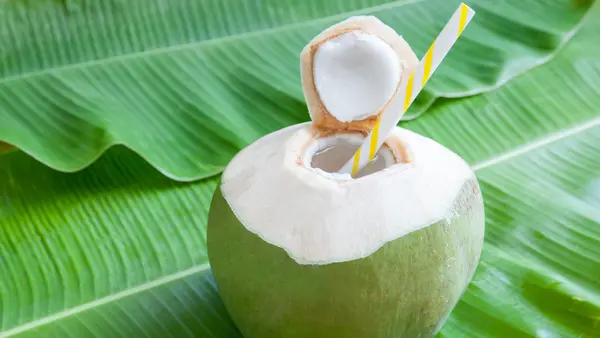
The Philippines also has its own unique culture associated with water.
For example, it is common for local food stalls and restaurants to provide free cold water.
However, this water is not necessarily purified, so care must be taken when drinking it.
Also, the number of households using water purifiers in the Philippines is increasing, and safe water is being used.
Additionally, the traditional drink “coconut juice” in the Philippines contains natural electrolytes and is perfect for hydration.
While sightseeing, it's also a good idea to try fresh coconut juice at local markets and food stalls.
summary
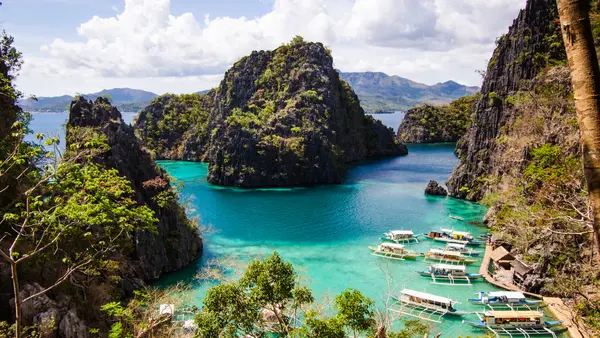
In order to ensure water safety during a trip to the Philippines, the most reliable way is to use bottled water.
Choose trusted brands like Wilkins or Nature's Spring, and always try to stay hydrated.
Furthermore, sustainable travel can be realized by taking environmental protection into consideration and cooperating with recycling activities.
Please enjoy the beautiful nature and culture of the Philippines.
Written by
- WellBe Inc.
- WellBe operating company
- WellBe Inc.
- WellBe operating company
We will disseminate information on Asian culture and travel, with a focus on Japan and Vietnam.
List of articles